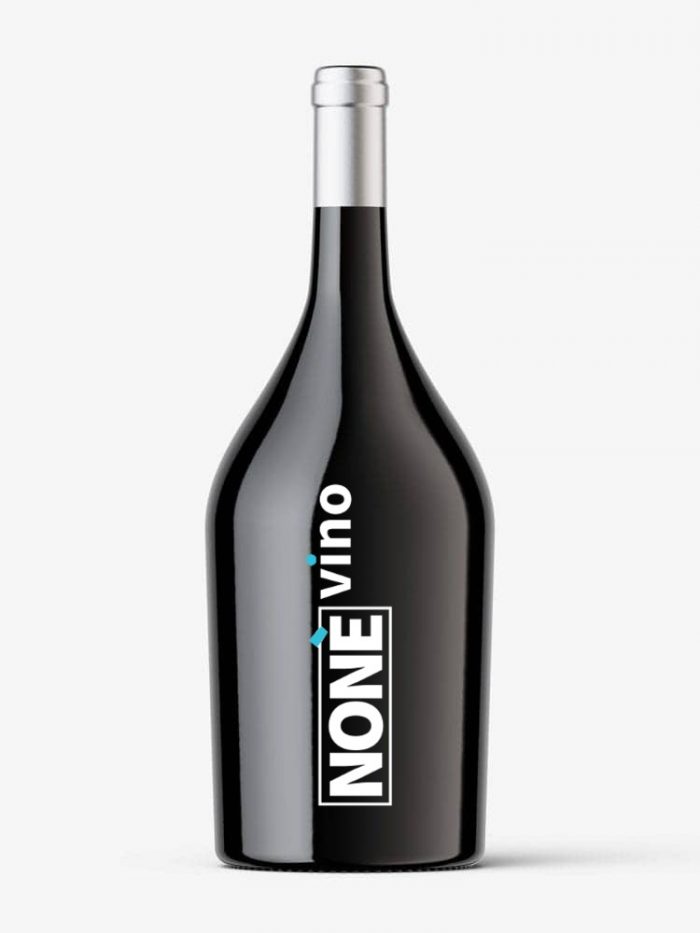Abruzzo DOC Appellation
Protected Designation of Origin (PDO)


The presence of the vine and the production of good wines in the production area dates back to Polybius, a Greek historian who lived between 205 and 123 BC, who, narrating the exploits of Hannibal after the victory of Canne (216 BC), praised the wines of this ‘area as they had healed the wounded and restored the men to strength. Since then many other writers have praised the qualities of the wines produced in the Abruzzo area, such as Andrea Bacci (1524-1600), philosopher and physician of Pope Sixtus V, who in the work “De naturale vinorum historia de vinis Italiae” written in 1596, speaks of the wines of Sulmona and of the Peligni territory, as well as Michele Torcia who in the work entitled Saggio National Itinerary for the Peligni Country done in 1792 describes for the first time the presence of the Montepulciano grape in Abruzzo.
After the Torcia there are countless historical texts and technical manuals in which the characteristics of this vine are described, which since the early 1900s have become the emblem of this territory: we remember Panfilo Serafini (Sulmona 1817- 1864) who in the historical Monograph of Sulmona , which appeared in Naples in 1854 in the well-known periodical Il Regno delle Due Sicilie written and illustrated, wrote: “The most common vines are Montepulciano, whether primaticcio, cordisco or tardivo ….”, Professor Andrea Vivenza with the Brief norms to make wine of 1867, Edoardo Ottavi and Arturo Marescalchi with the work entitled Vade-Mecum by the merchant of grapes and wines in Italy, whose first edition was published in 1897. The latter is very important because it describes the grape varieties present in Abruzzo are very detailed:Camplese or Campolese (i.e. Passerina), Racciapollone (i.e. Montonico), Tivolese, Verdicchio, Malvasia, Moscatello, Montepulciano (cordisco and primutico), Gaglioppo, Aleatico, Lacrima, only for remember a few.
Although many of these varieties, since the end of the Second World War, have been replaced by themore productive Trebbiano Toscano and Trebbiano Abruzzese, the latter often confused with Bombino, fortunately they have not disappeared and today, thanks to work and passion of many winemakers, some of them have been rediscovered and rightly valued both for their excellent chemical-physical characteristics (excellent acidity and natural alcohol content) and for their organoleptic qualities.
In addition to the historical roots, however, human factors are also very important since, through the definition and improvement of some viticultural and oenological practices, which are an integral and substantial part of the production disciplinary, today it is possible to obtain products with marked characteristics and typicality.
Territory
The geographical area dedicated to the production of DOC Abruzzo wine includes the entire coastal and foothill hilly area of the Abruzzo region which, in the middle part, expands inland to include the Alto Tirino plateau to the north, to the north- the Subequana Valley to the west, the Peligna Valley to the south and the Roveto Valley to the southwest. The hilly formations and the piedmont areas affected by the cultivation of the vine, consisting of Plio-Pleistocene deposits that filled the periadriatic basin through a marine sedimentary cycle that took place between the end of the Tertiary and the beginning of the Quaternary, develop over a strip of about 25 kilometers wide and about 125 kilometers long, from the Tronto river to the Trigno river, to which are added some intermontane basins in the central part of the region.
The Production Area of the Abruzzo DOC Wine is located in:
– province of Chieti, the territory of the municipalities of Altino, Archi, Ari, Arielli, Atessa, Bomba, Bucchianico, Canosa Sannita, Carunchio, Casacanditella, Casalanguida, Casalincontrada, Carpineto Sinello, Casalbordino, Casoli, Castel Frentano, Celenza sul Trigno, Chieti, Civitella Messer Raimondo , Crecchio, Cupello, Dogliola, Fara Filiorum Petri, Fara San Martino, Fillet, Fossacesia, Francavilla, Fresagrandinaria, Frisa, Furci, Gessopalena, Gissi, Giuliano Teatino, Guardiagrele, Guilmi, Lama dei Peligni, Lanciano, Lentella, Smooth, Miglianico, Monteodorisio, Mozzagrogna, Orsogna, Ortona, Paglieta, Palmoli, Palombaro, Pennapiedimonte, Perano, Poggiofiorito, Pollutri, Pretoro, Rapino, Ripa Teatina, Roccamontepiano, Roccascalegna, Rocca San Giovanni, San Buono, Sant’Eusanio del Sangro, San Giovanni Teatino, Santa Maria Imbaro, San Martino sulla Marrucina, San Salvo,San Vito Chietino, Scerni, Tollo, Turin di Sangro, Tornareccio, Torrevecchia Teatina, Treglio, Tufillo, Vasto, Villalfonsina, Villamagna, Vacri.
– province of l’Aquila , the territory of the municipalities of Acciano,Anversa degli Abruzzi, Balsorano, Bugnara, Canistro, Capestrano, Castel di Ieri, Castelvecchio Subequo, Civita d’Antino, Civitella Roveto, Corfinio, Fagnano Alto, Fontecchio, Fossa, Gagliano Aterno, Goriano Sicoli, Introdacqua, Molina Aterno, Morino, Ofena, Pacentro, Poggio Picenze, Pratola Peligna, Pettorano sul Gizio, Prezza, Raiano, Rocca Casale, San Demetrio nei Vestini, Sant’Eusanio Forconese, San Vincenzo Valle Roveto, Secinaro, Sulmona, Tione d’Abruzzi, Villa S. Angelo, Villa S. Lucia, Vittorito.
– province of Pescara , the territory of the municipalities of Abbateggio, Alanno, Bolognano, Brittoli, Bussi, Cappelle sul Tavo, Castiglione a Casauria, Catignano, Cepagatti, Citta Sant’Angelo, Civitella Casanova, Civitaquana, Collecorvino, Corvara, Cugnoli, Elice, Farindola , Lettomanoppello, Loreto Aprutino, Manoppello, Montebello di Bertona, Montesilvano, Moscufo, Nocciano, Penne, Pianella, Pietranico, Picciano, Pescara, Pescosansonesco, Popoli, Rosciano, Salle, San Valentino, Scafa, Serramonacesca, Spoltore, Tocco Casauria, Torre de ‘Sparrows, Turrivalignani, Alleys.
– province of Teramo , the territory of the municipalities of Alba Adriatica, Ancarano, Atri, Basciano, Bellante, Bisenti, Campli, Canzano, Castel Castagno, Castellato, Castiglione Messer Raimondi, Castilenti, Cellino Attanasio, Cermignano, Civitella del Tronto, Colledara, Colonnella, Controguerra, Corropoli, Giulianova, Martinsicuro, Montefino, Montorio al Vomano, Morrodoro, Mosciano, Nereto, Notaresco, Penna S. Andrea, Pineto, Roseto degli Abruzzi, Sant’Egidio, Sant’Omero, Silvi, Teramo, Torano Nuovo, Tortoreto, Tossicia and the hamlet of Trignano in the municipality of Isola del Gran Sasso.
Vinification and Aging
During the vinification phases, only loyal and constant oenological practices of the area are allowed, suitable to give the wines their particular quality characteristics.
The oenological practices of vinification of the Abruzzo DOC wine include, among other things, that:
– The maximum yield of grapes into wine with Controlled Designation of Origin “Abruzzo” is 70%.
– For the “ Passito Bianco” and “Passito rosso” types, the maximum yield of grapes in finished wine must not exceed 50% and must be obtained by drying the grapes on the plant or after harvesting. At the end of the drying, the grapes must have a natural alcoholic strength of not less than 16% vol. (or 272 grams of sugar / liter).
– In the elaboration of Classic Method Sparkling Wines, the operations relating to the traditional method of refermentation in the bottle with shaking and disgorgement must be observed.
– For vintage sparkling wines it is mandatory to use at least 85% of the wine of the reference year.
– The Classic Method Sparkling Wines with Controlled Designation of Origin “Abruzzo” must be aged for at least thirty-six months in the bottle, of which at least eighteen are left on the fermentation yeasts. To use the vintage, the aging period in the bottle must be at least forty-eight months, of which at least twenty-four are spent on fermentation yeasts.



